Osteoporosis: risk factors, diagnosis, prevention
Tells Olga Yatsishina,
endocrinologist, PhD
 Osteoporosis is a disease in which bones lose their strength, become more brittle and can break easily.
Osteoporosis is a disease in which bones lose their strength, become more brittle and can break easily.
According to WHO, every 3 women and every 5 men over the age of 50 suffer from osteoporosis. Osteoporosis is often referred to as the "silent epidemic" or a "silent killer", since a decrease in bone mineral density is asymptomatic. Many people are unaware of their illness until the bones become so fragile that a fracture occurs.
The most dangerous is a hip fracture. Osteoporosis is the main cause of hip fractures, which are common in women over 65 years of age.
Osteoporosis is often considered a disease of the elderly. However, this is not the case. A decrease in bone mineral density can occur both at a young and an older age. The physiological loss of bone mineral density begins in women aged 30-35 years – the annual bone loss is 1%. Therefore, it is very important to prevent this disease at this age. Bone loss usually accelerates in midlife, in both women and men. Women lose up to 20% of their bone density in the first 5-7 years after menopause.
Causes of osteoporosis
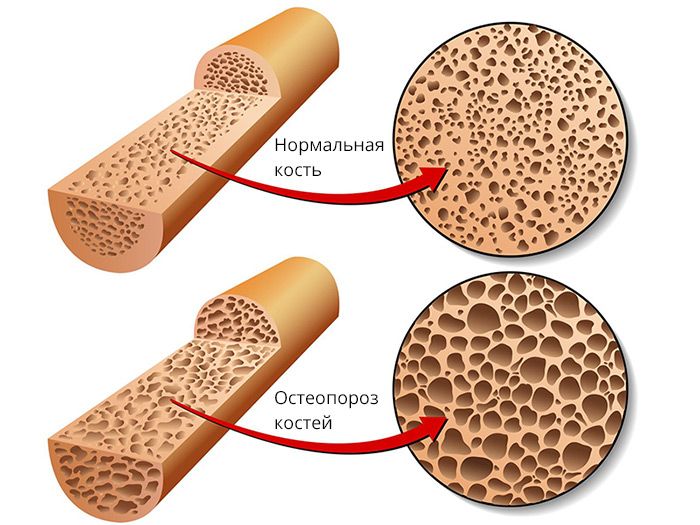
The main risk factors for osteoporosis:
-
type 1 and type 2 diabetes;
-
thyroid pathology;
-
taking glucocorticoid hormones for more than 3 months;
-
any break in the past;
-
androgen deficiency;
-
chronic pathology of the gastrointestinal tract;
-
age over 65 years;
-
female gender;
-
postmenopause; early, including surgical menopause (up to 45 years);
-
cases of fractures in close relatives over the age of 50 (heredity is an important risk factor);
-
race – white people have a higher risk of developing osteoporosis, so blue-eyed blondes are at risk.
Risk factors that can be eliminated:
-
low intake of calcium and vitamin D;
-
low physical activity;
-
low body weight (less than 57 kg) or low body mass index (less than 20 kg/m2);
-
smoking, as nicotine stimulates the destruction of female sex hormones, which are known to protect bone from destruction;
-
alcohol, as it inhibits the work of cells involved in the formation of bone cells, disrupts the absorption of calcium in the intestine;
-
frequent crashes.
Therefore, if you have any of these risk factors, this is a reason to consult a doctor and undergo an appropriate examination.
Diagnosis of osteoporosis
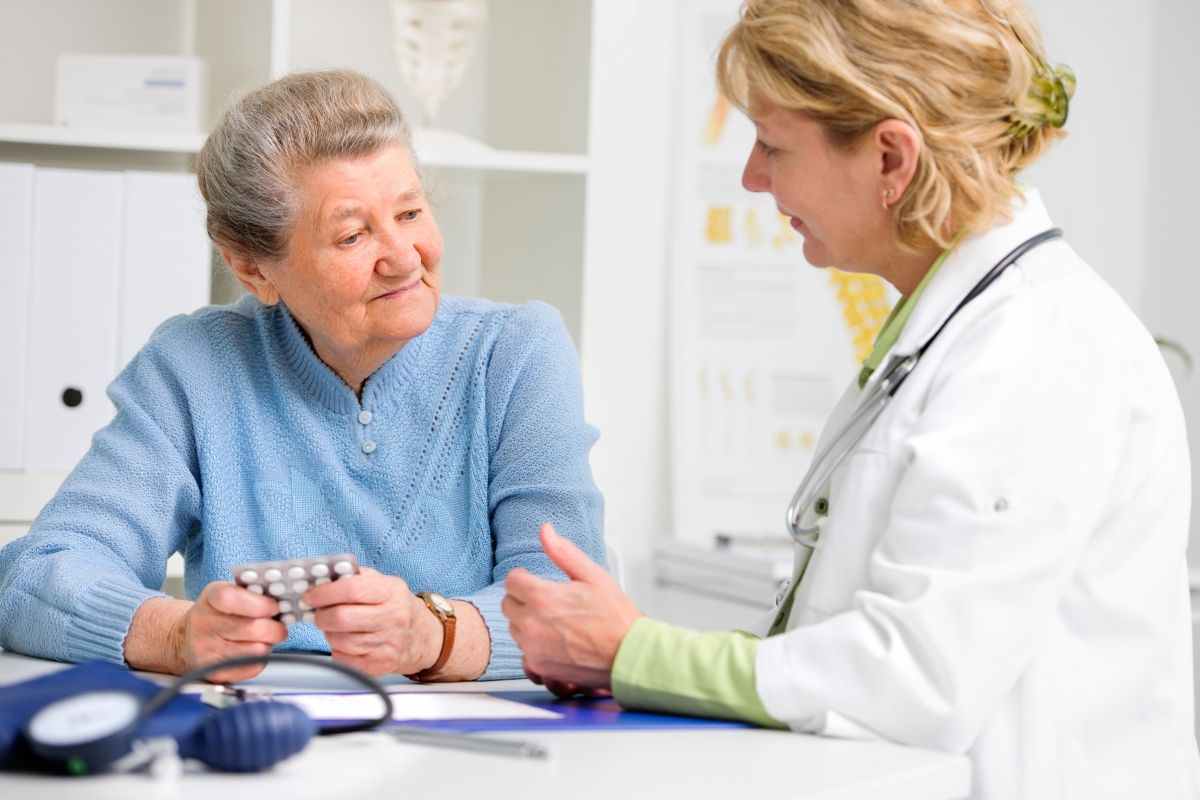
The main diagnostic method for osteoporosis is densitometry. Densitometry allows you to determine bone mineral density and predict the risk of fractures. This study plays an important role in detecting osteoporosis at an early stage, when there are no fractures yet. Your doctor will tell you what additional studies need to be done to diagnose your health condition. He will give you recommendations on individual measures for the prevention or treatment of osteoporosis.
Treatment of osteoporosis
-
Physical activity helps strengthen bones and reduces the risk of fractures. Under constant stress, growth factors are released in the bone, which contribute to its build-up. The best option is walking: 4 times a week for 40-60 minutes.
-
Optimization of calcium metabolism. To slow down the development of osteoporosis and enhance the effect of prescribed medications, it is extremely important to normalize calcium metabolism in order to eliminate its deficiency in the body.
-
Taking osteotropic drugs. Their effect is based on slowing down both the process of destruction and the process of formation of new bone tissue. But bone destruction is blocked to a greater extent than the formation of a new one.
-
Annual monitoring of calcium metabolism. It is necessary to regularly maintain the balance of calcium metabolism and monitor changes in indicators in order to adjust treatment in time.
Prevention of osteoporosis
It is very important that your diet contains foods rich in calcium. It is necessary to get enough calcium and vitamin D every day.
Foods rich in calcium include:
-
dairy products,
-
different types of cheeses,
-
green vegetables: broccoli, Chinese cabbage, kale, parsley,
-
cereals.
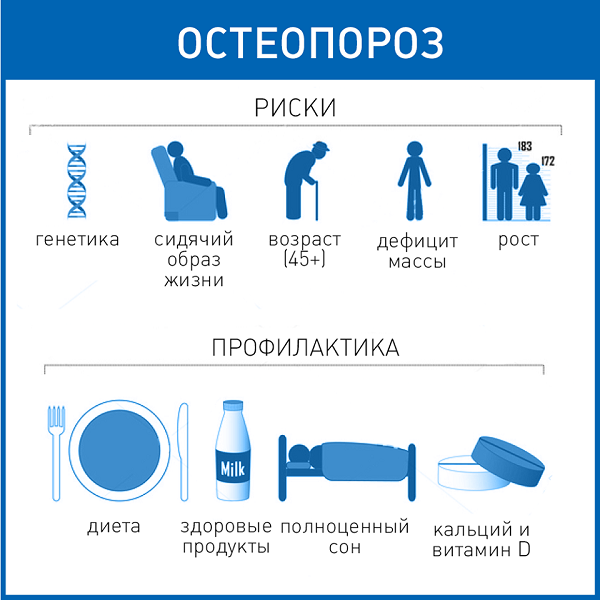 It is useful to eat 5 or more fruits and vegetables daily.
It is useful to eat 5 or more fruits and vegetables daily.
Vitamin D is found in some foods, such as oily fish. If you eat few of these foods, you need to take additional calcium and vitamin D supplements, but not more than you need. Before starting the appointment, visit your doctor and undergo appropriate examinations, after which the specialist will recommend how much calcium and vitamin D you need to receive.
Any kind of physical activity helps to maintain bone health and strength. It can even be a short walk. Gymnastics that strengthen muscles, dancing, and swimming will also help maintain bone strength.
Try to lead a healthy lifestyle. Give up smoking. If it is difficult for you to do this, contact a specialist for help. Keep alcohol consumption to a minimum and limit salt intake. Do not add salt to already cooked food.
If you or your loved ones are diagnosed with osteoporosis, you should take medications that normalize bone metabolism. When they are taken, the bones will become denser and stronger.
Why the EMC
The first and only clinic in Russia, created in the image of the world's leading clinics
EMC is a multidisciplinary center offering patients a high level of medical services and a personalized approach
Worldwide recognition and awards
 Learn more
Learn more
Worldwide recognition and awards
 Certificates and licenses
Certificates and licenses
Make an appointment for a consultation
Specify your contacts and we will contact you to clarify the details
Reviews
and new products of the EMC

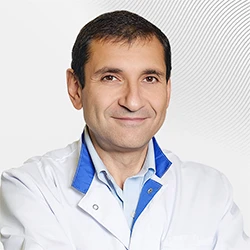

.webp)


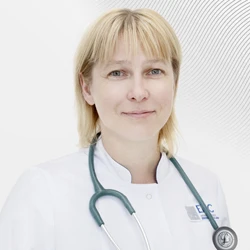
.webp)


.webp)

.webp)

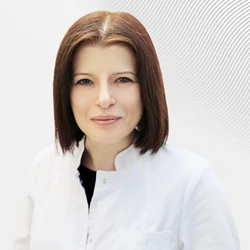
.webp)
.webp)

.webp)

